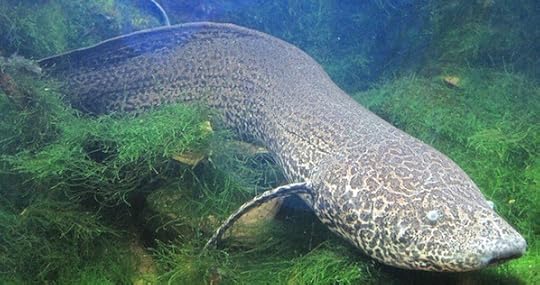 Long before Darwin published The Origin of Species, there was talk of evolution. The more acquainted naturalists became with the major groups of animals, the gaps between them grew smaller. Once it seemed as if mammals were profoundly different than other vertebrates, for example. And then European explorers encountered the platypus, a mammal that laid eggs. Perhaps the major groups of animals had not been separately created, some naturalists suggested. Perhaps life had changed over time.
Long before Darwin published The Origin of Species, there was talk of evolution. The more acquainted naturalists became with the major groups of animals, the gaps between them grew smaller. Once it seemed as if mammals were profoundly different than other vertebrates, for example. And then European explorers encountered the platypus, a mammal that laid eggs. Perhaps the major groups of animals had not been separately created, some naturalists suggested. Perhaps life had changed over time.
In 1837, a profoundly paradoxical creature was shipped from West Africa to London, packed in clay. It was destined for Richard Owen, the greatest British anatomist of his age. He picked away the clay, to reveal a creature that looked like a fish. It has a knife-shaped body, gills, and fins. "If indeed the species had been known only by its skeleton," Owen wrote, "no one could have hesitated in referring it to the class of Fishes."
But inside its body, Owen found what he could only call lungs. Its whisker-like fins had a chains of bones that faintly resembled arms. Owen was a fierce opponent of all the transformationists of his day, and ...



Published on December 12, 2011 13:33
